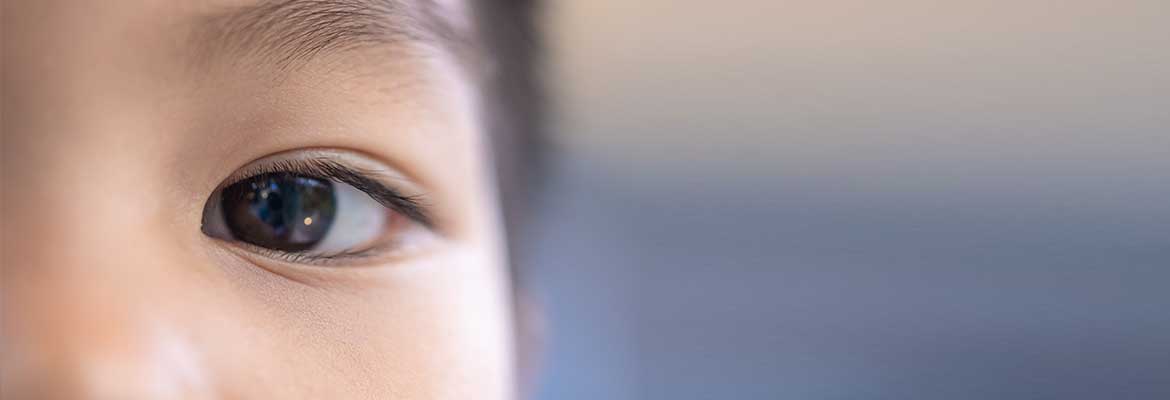You are now being directed to a third party website. Please note that this website is for convenience of the user. spectacularkids is not collecting, storing, or accessing any personal data of the user, and all the information collected, stored, and accessed herein is with the third party https://myeyedoctor.in/ website. You expressly consent to share all your details with https://myeyedoctor.in/

The term ‘Progressive Myopia’ is a little vague but it is more of a concern because of the pathological complications associated with it. To understand progressive or high Myopia, let us brush up on the basics of Myopia.
Myopia or near-sightedness is thought to be a benign condition wherein a child can see close things clearly but has trouble seeing things far away. It is a common vision problem that often occurs between the ages of 6 and 14. The cases of Myopia are increasing at an alarming rate in children and experts attribute it to lifestyle factors such as more near work, less outdoor time, etc. Since this condition can be adequately corrected with spectacle, the progression of this condition is hardly taken into consideration without much thought to halting or stopping the progression of Myopia.
To understand, let us consider a normal eye to be round and the light rays which form an image focus directly on the retina. When a child is myopic, the eyeball is slightly longer than normal from front to back and the light rays focus in front of the retina, instead of directly focusing on the retina. When Myopia in the child is progressing, the eyeball continues to elongate or stretch, resulting in worsening of the vision. The progressively increasing severity of children is due to children becoming myopic at a younger age and the earlier onset could lead to progression of Myopia.
Progressive Myopia could result in a risk of associated myopic diseases such as retinal detachment, glaucoma, and cataracts that contributes to the leading cause of visual impairment and blindness. The progression of Myopia is stopped by 50% if proper treatment is started at the age of seven, causing a marked reduction in the risks of sight-threatening complications in later life. During the COVID-19 pandemic, there has been an alarming concern of increased use of electronic devices due to remote learning, resulting in increased severity of Myopia. Spending more time on closed work has been linked to the progression of Myopia such as reading, playing computer games, drawing or using smartphones and tablets, etc. It is always recommended to suggest monitoring and limiting technology use for children by taking care of two things, including frequency of technology use and amount of time spent on it such as mobile phones, computers, video games, etc and making sure that they do not spend more than 3 hours a day in addition to school hours, on near work. Furthermore, children who spent more time outdoors seem to reduce the progression of Myopia and it is recommended that children spend at least 2 hours outdoors per day.
To let your child progress and help them envision their future, scheduling a regular exam can keep track of the progression of Myopia and discuss the lifestyle management strategies with a paediatric ophthalmologist.